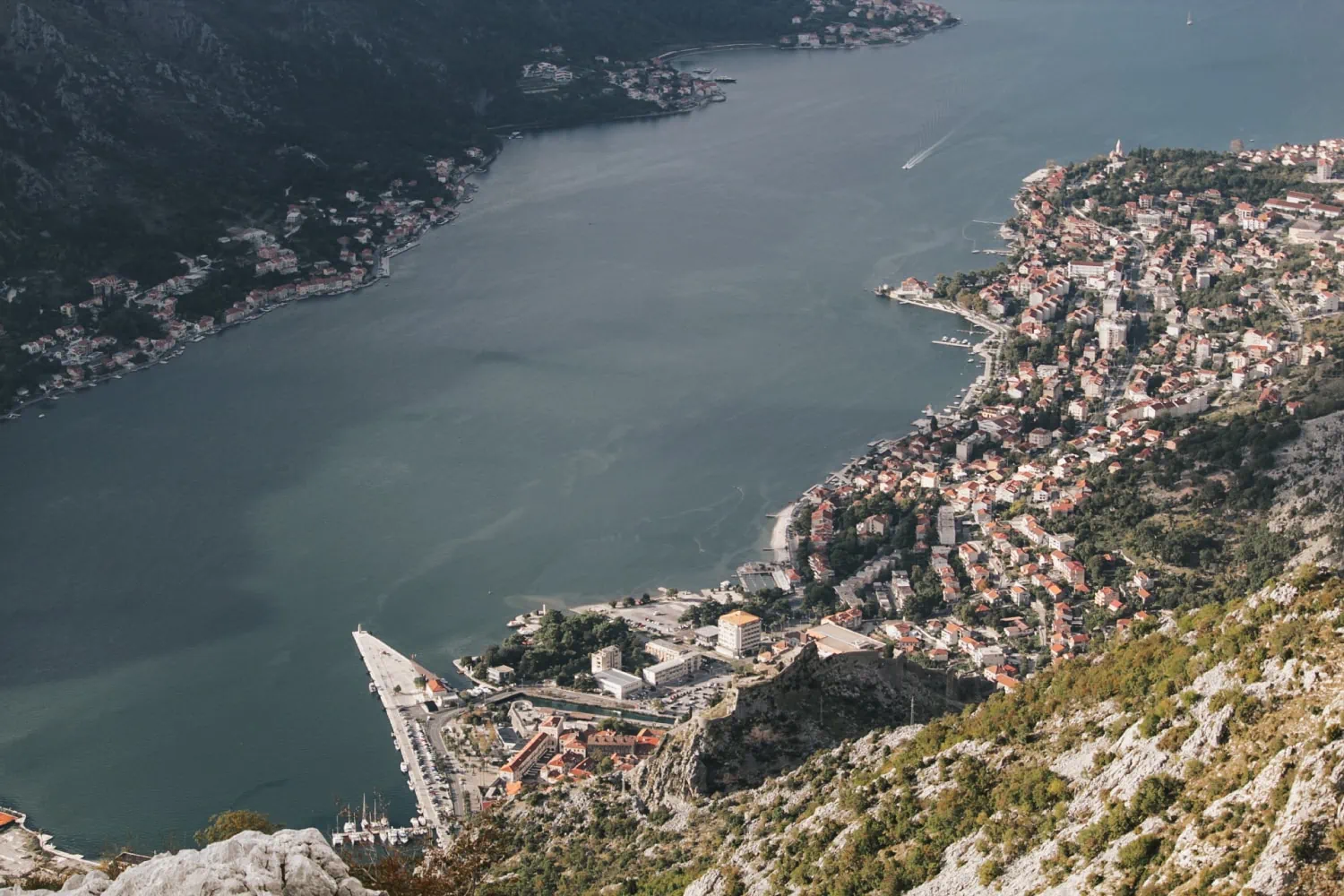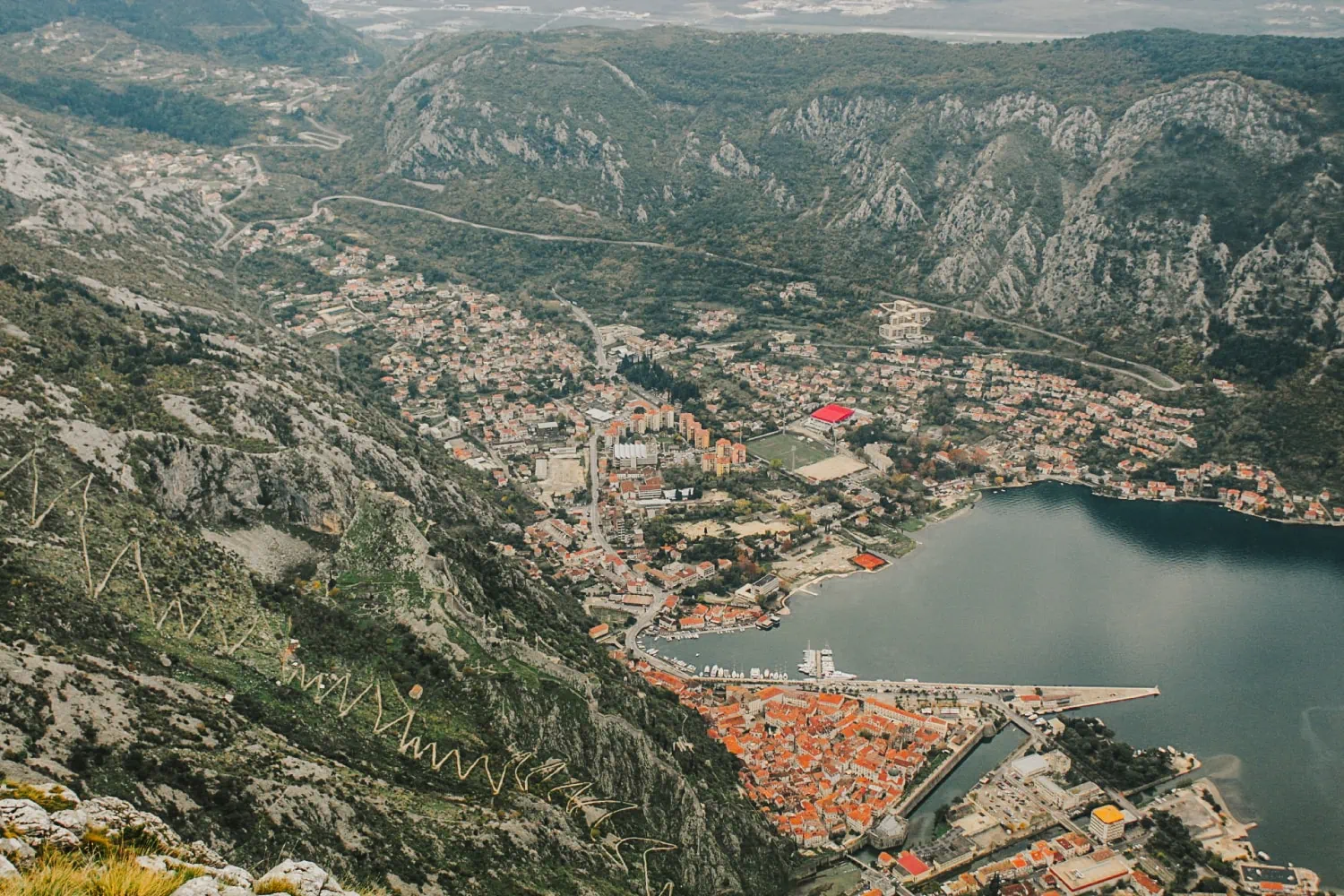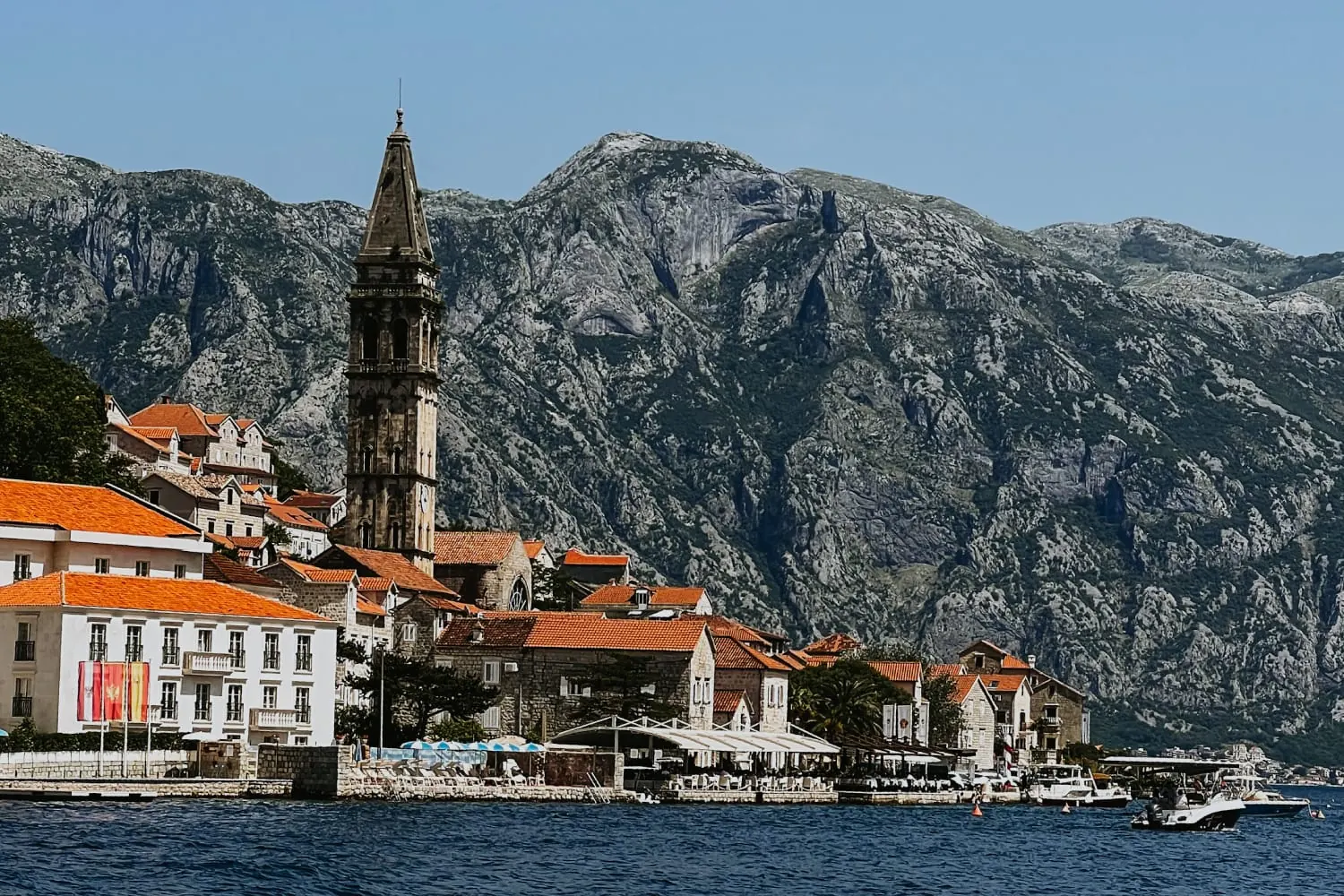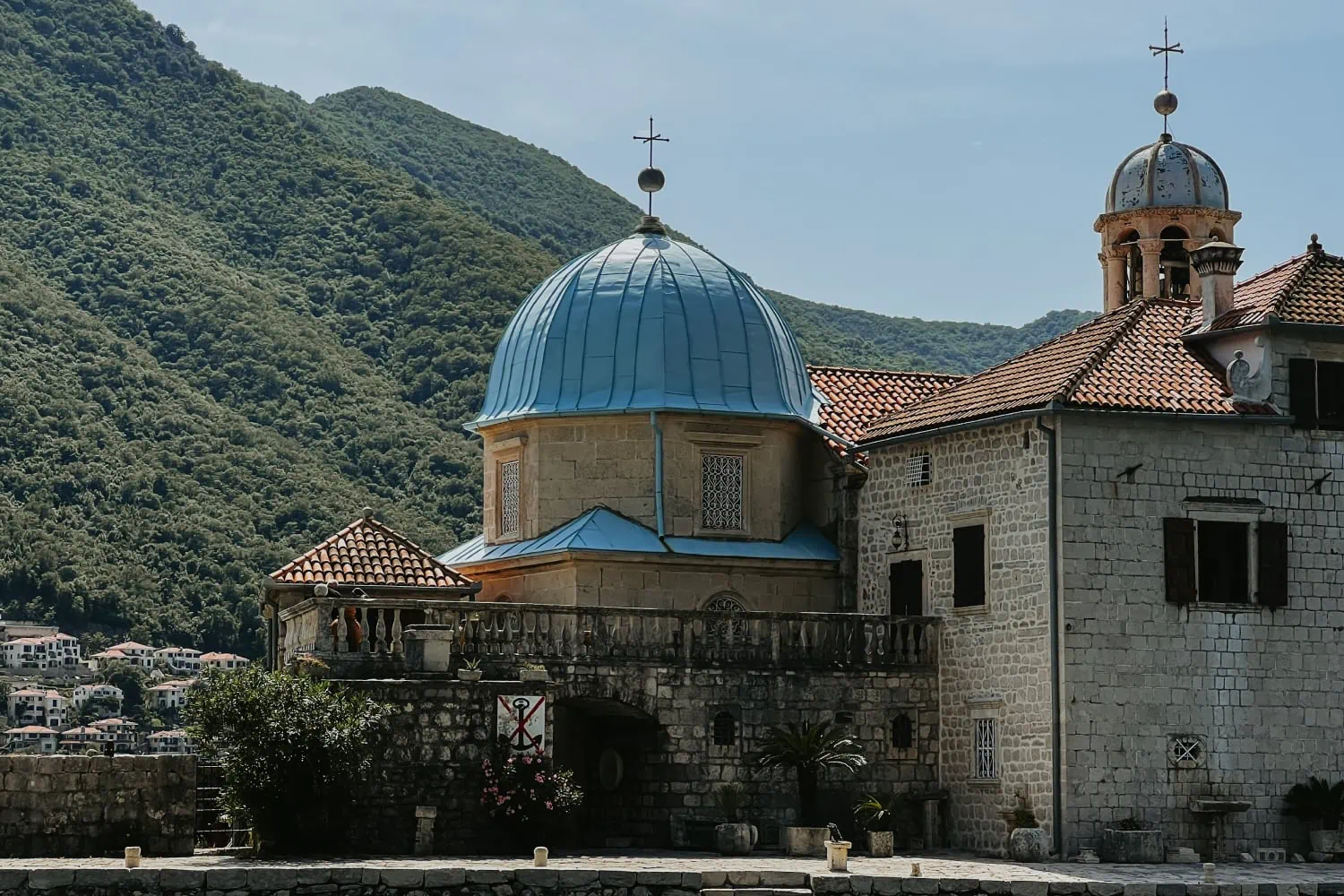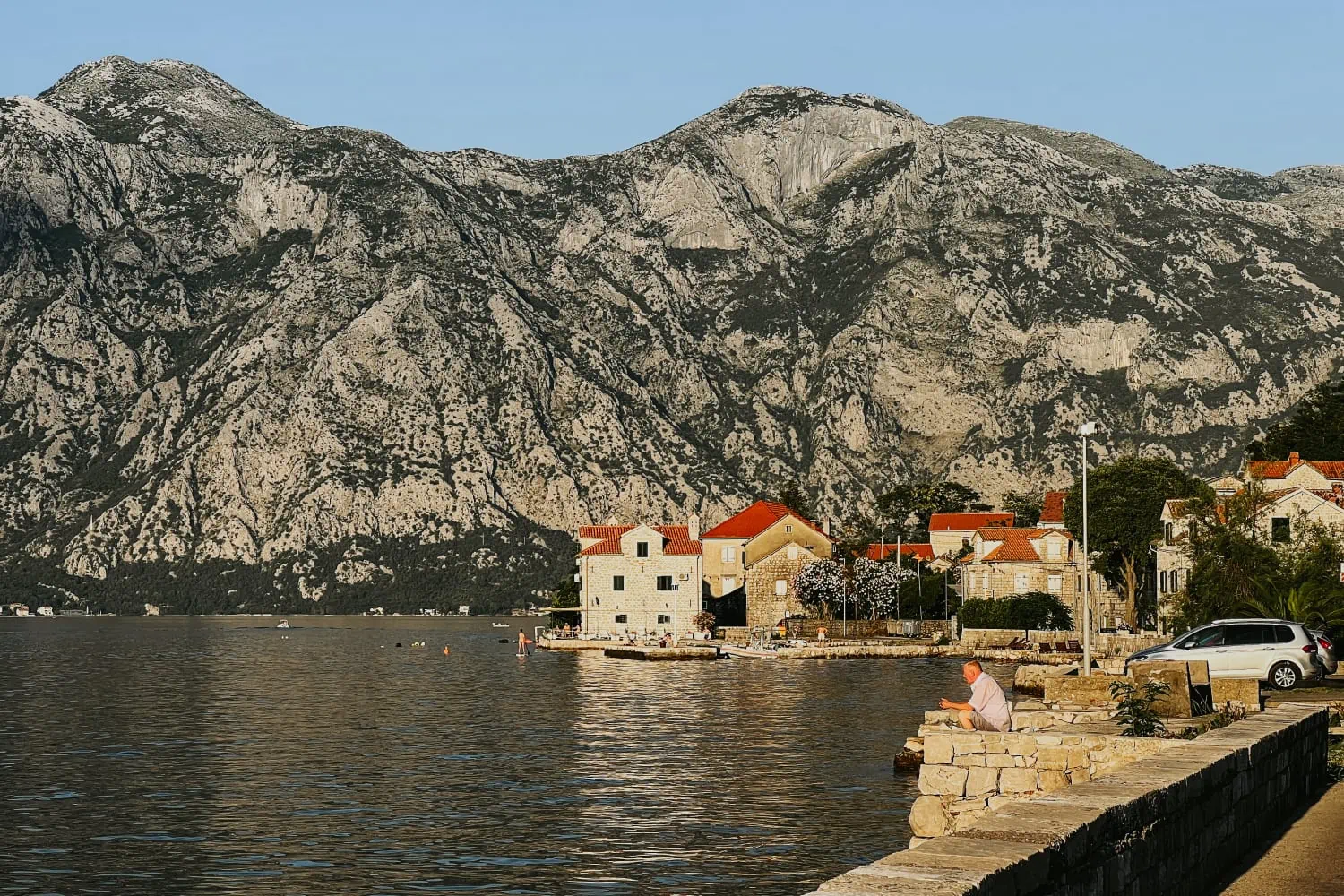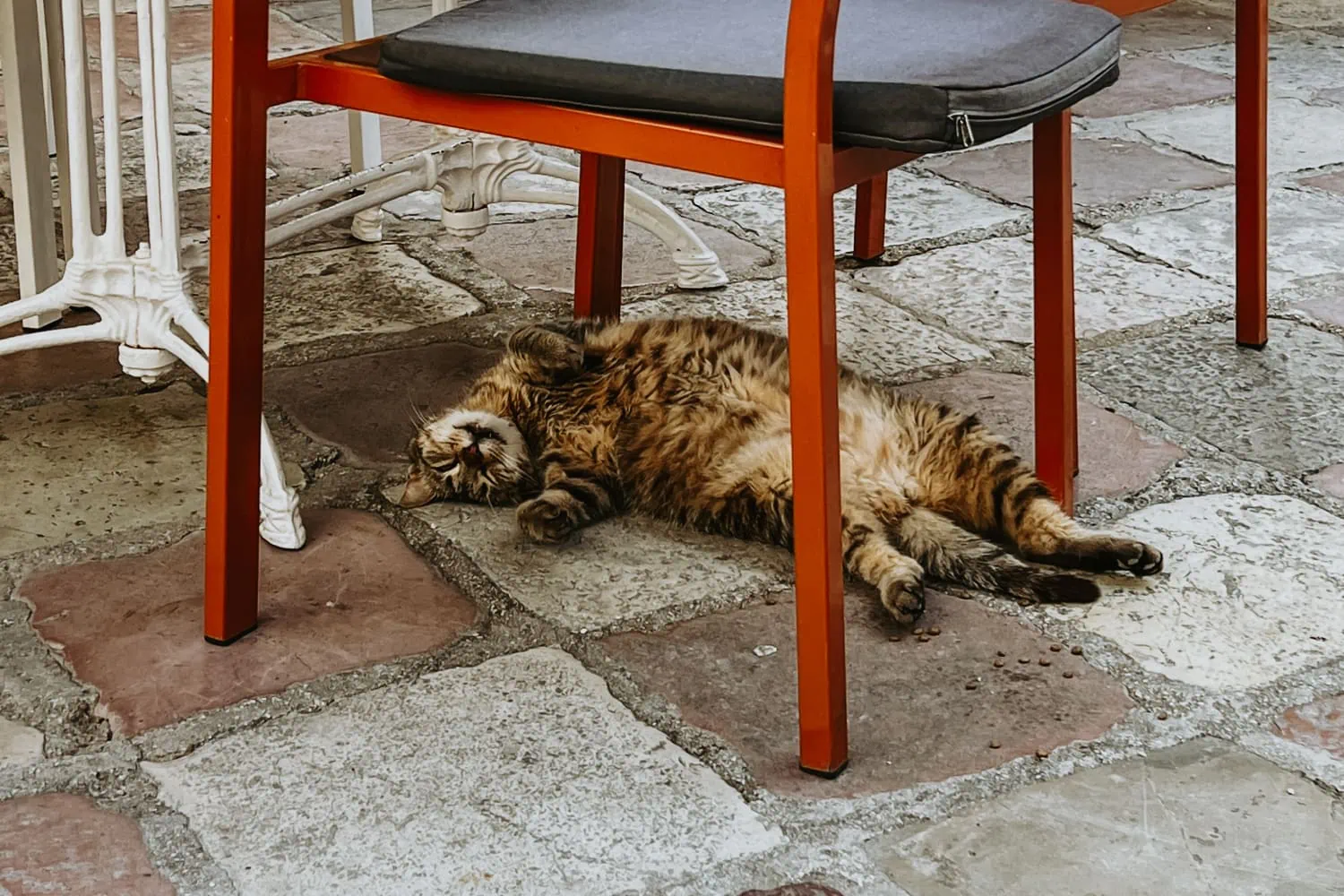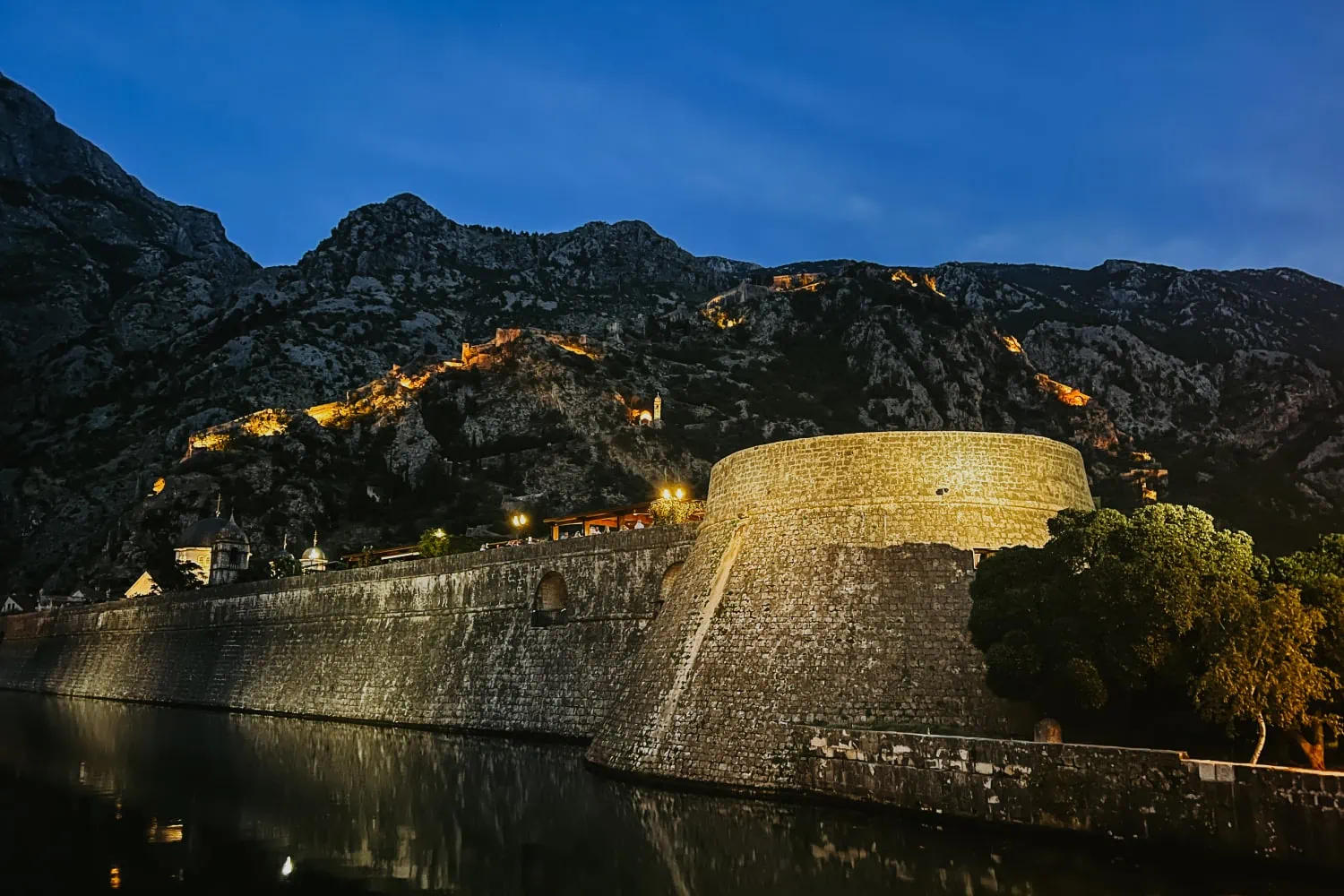When in Montenegro
Kotor, struggling for superlatives tour
The name of this land wasn’t always Montenegro. First it started as Duklja, then Zeta, but finally the name Montenegro was created and has remained since. In 15th century, when the coastal part of Montenegro was controlled by the Republic of Venice, every time the Venetians approached the Montenegrin land with their ships, they were amazed with the mountainous terrain that stood majestically above the seashore. The color of these mountains are shades of gray to black due to a limestone composition. So, the Venetians started to call our country, in their native dialect, Montenegro, which means Crna Gora (Black Mountain in English).
When in Montenegro, visit Kotor, a town situated in beautiful Boka Bay, to see the mountains that gave our land the name!
Boka Kotorska (Boka Bay)
Some call it the southernmost fjord of Europe or the submerged canyon, but either way it is a must-see place in Montenegro. Would you like to see a contrast of the blue sea, green hills, and black-grey steep mountains as you arrive in UNESCO World Heritage Kotor? Boka Bay is one of the Mediterranean’s most distinctive and striking landscapes. It’s made up of deep basins and is one of the most important ports in the Mediterranean, and historically it was the strategic point from the time of the Greek, Venetian, Ottoman and Austro-Hungarian empires. Boka (as locals call it) is stitched together by a series of scenic, serpentine roads and is easy to explore. Kotor Old Town is also a great place to explore, and in the summer months it is hustling and bustling with tourists from cruise ships that dock for the day. The bay is full of lagoons, caves and historic towns with rich cultural heritage and a real romantic place that reminds us of better times.
Kotor Old Town
There are not enough words to describe Kotor. It’s famous for its beauty and peculiarity, wedged between mountains where the past coexists with the present. The fortified medieval city of Kotor is situated at the end of the Kotor Gulf within a triangular area bordered by the San Giovanni hill, the Adriatic Sea, the river Škurda and the Gurdić Well. The foundation of the first settlement on the site has remained undated. Inside the 4km staunch walls, the medieval plan has for the most part remained unchanged; museums, squares, piazzetas faced by churches and noble palaces is something you’ll definitely admire. Lose yourself in narrow winding streets as you look at centuries-old buildings, lines of laundry flutter from balconies, cats of Kotor, Venetian palaces and little cafes. Opposite the main entrance to the old town, you will see the postcard famous Clock Tower from the 17th century. Leaving the Armory Square, we’ll stop by many noble palaces, such as Buća Palace, Bizanti Palace, Pima Palace and many more. Today, the most visited is definitely Grgurina Palace, built by Count Marko Grgurina in the 18th century. It’s a typical example of late Baroque style, it houses the Maritime Museum of Montenegro with the attractive collections of exhibits that testify the rich maritime heritage. In Piazza Greca, there are two Eastern Orthodox churches. We’ll see the beautiful St. Luke’s Church from 12th century and this is not the only one, there are three more churches from 12th century. However, the most significant medieval monument in Kotor is St. Triphon’s Cathedral. The Cathedral’s reliquaries are housed in the semicircular chapel on the upper floor. Numerous relics and votive objects of diverse shapes are kept there; mostly handworks by Kotor’s goldsmiths, made between 15th and 20th century. The most significant items are the silver casket and the gold-plated receptacle with the relics of St. Triphon the Patron Saint of the town. Many people choose to climb the San Giovanni Fortress, which is situated on top of the hill at 280 meters above sea level. The view of Kotor from this vantage point is spectacular and many people enjoy it and the opportunity to take photos. We’ll stop here, so not to reveal and describe everything that you’ll find in this beautiful Old Town, and instead we invite you to come with us on this journey where you’ll meet step by step every corner of this town.
Perast
The most baroque town in Montenegro, situated at the foot of St.Elijah’s Hill, hummed with melancholy memories of the days when it was rich and powerfuPerast is a little town that boasts 16 churches, 17 noble palaces, and two beautiful little islands. This town flourished economically and culturally during the reign of the Venetians, and in late 17th century and over the 18th century a number of distinguished men lived and worked here; scholars, scientists, poets, painters, and military leaders. It was during that period that outstanding works of sacral and secular architecture turned Perast into a harmonious and distinguished urban entity. The high-rising bell tower from 17th century of the parochial church became central in visual approach. Many feel it is more like the symbol of the town and it can be found on many postcards. On the waterfront road we’ll go on a nice and calm walk, looking at Perast’s most famous landmarks; two picturesque little islands, Gospa od Škrpjela and St. George.
Gospa od Škrpjela (Our Lady of the Rocks)
On 22 July 1452, Our Lady of the Rocks was artificially created around a rock (in Latin it’s scopulus, škrpjel in local dialect) where the icon of the Madonna with Child was found. This started a rite where every year on the same day at sunset, the locals go with their boats and throw stones around the island to continue the tradition. The island was made by accumulation of stone pieces and of old sunken ships loaded with stones around that rock. If you wish, we can go on a short boat ride to see a magnificent church with the same name that was erected in 1630. Inside, there are baroque paintings, hundreds of silver votive tablets and a small museum where you’ll find the most unusual exhibit. One of these items is an embroidered icon of the Madonna made with hair of the woman who made it. In the 18th century, the beautiful blue bell tower was erected and it served multiple purposes; sacral, defensive and a look-out. There is a museum (the presbytery house) that is rich in a collection of archeological finds, portraits of ships from different periods, other paintings and things for everyday use. It is a must feel experience, highly recommended not only from us, but from every tourist that visited Montenegro.
After those visits, we head back enjoying the views and finish this tour. As we promised a more personal experience, we’ll visit sites along Boka Bay, such as Prčanj, Stoliv, and Verige.
Duration
8 hours
Difficulty
Moderate walking
Language
English, Italian, Spanish, Montenegrin
What makes it special?
- Visiting sites along Boka Bay
- No rush in this Unesco World Heritage site
What's included?
- Licensed Tour Guide
- Transportation
What's not included?
- Individual costs
- All meals and drinks
- Entrance fees for museums
- Boat ride
- Entrance fee for Our lady of the Rocks
Pricing
1 person
191 €
2 persons
212 €
3 persons
246 €
4 persons
264 €
Discount
20% off for children under 12 years
Book now
Please note
WHAT TO BRING?
- Local money € / cash (not all beautiful places on this tour accept card payment)
- If you want to climb St. Giovanni Fortress, bring hiking shoes
MEETING POINT
Our meeting point will be at Topolica Sports Hall in Bar. You can request a pickup from any destination in Bar for free.
*If you’re in another town and don’t feel like coming to a meeting place, inform us and we’ll start this tour where it suits you. No additional charge for transportation will be for Ulcinj, Budva, Kotor and Tivat. Additional charge will be for all other towns. *
PERSONAL INFO
You will have to send us your passport or ID information 24 hours before the start of this tour.
LUGGAGE
Only back packs and travel bags allowed, for bigger luggage contact us.
ANIMALS
Only small size pets allowed. It is important to inform us about your pet before the tour.
LANGUAGE
The tour can be bilingual or trilingual (English, Italian and Spanish) which is a perfect chance for you to have a cultural exchange in Montenegro.
